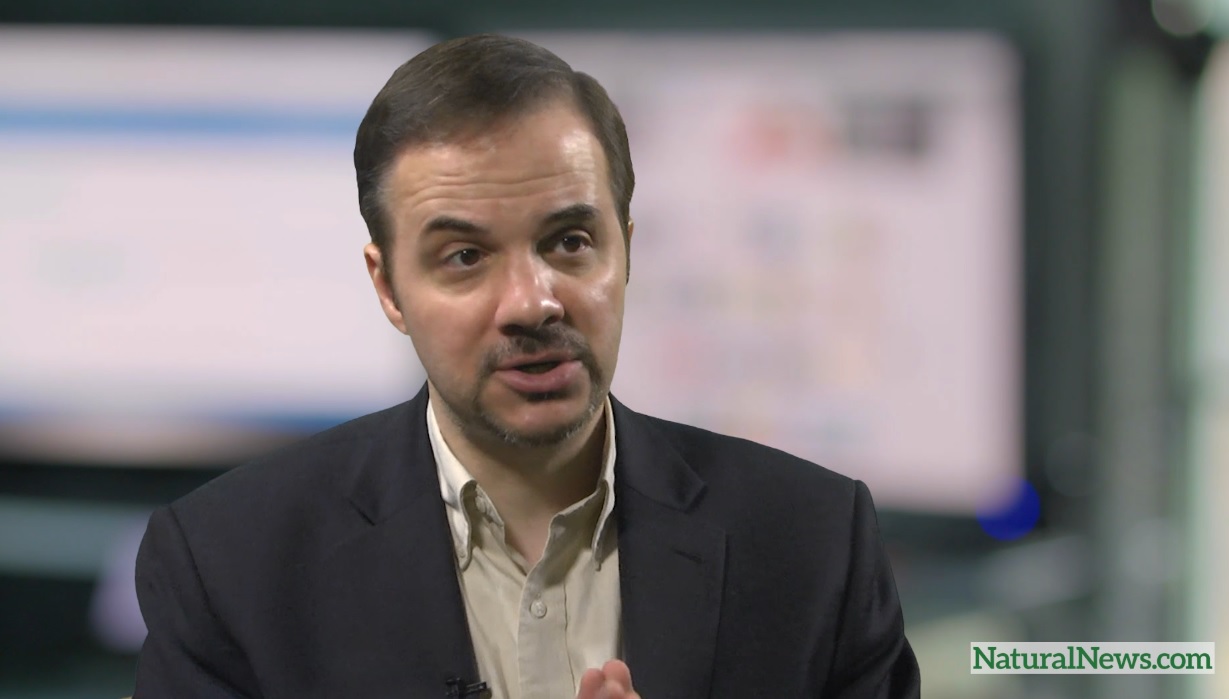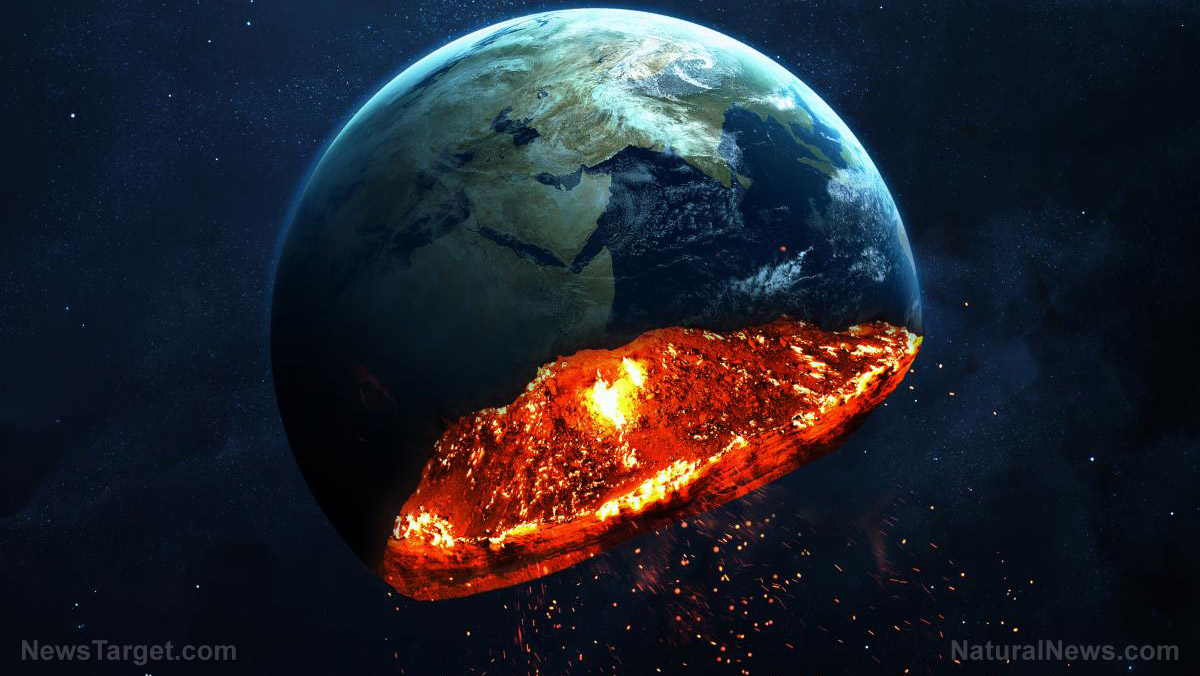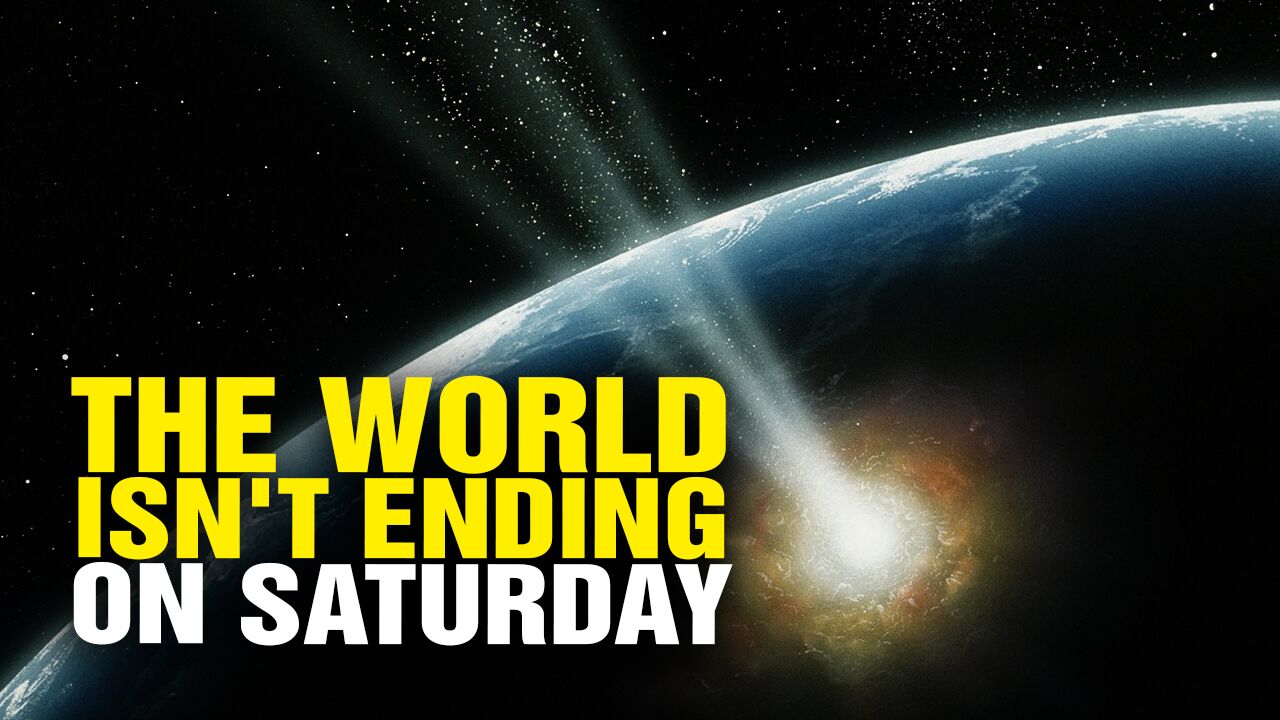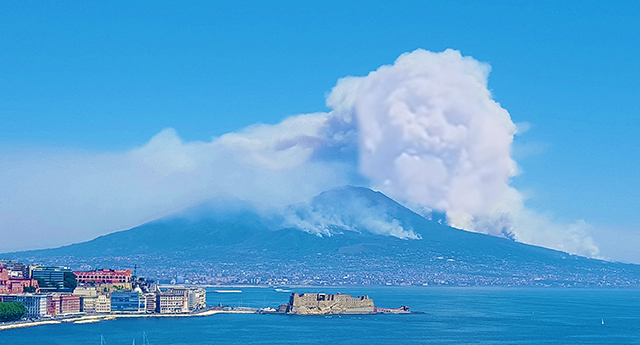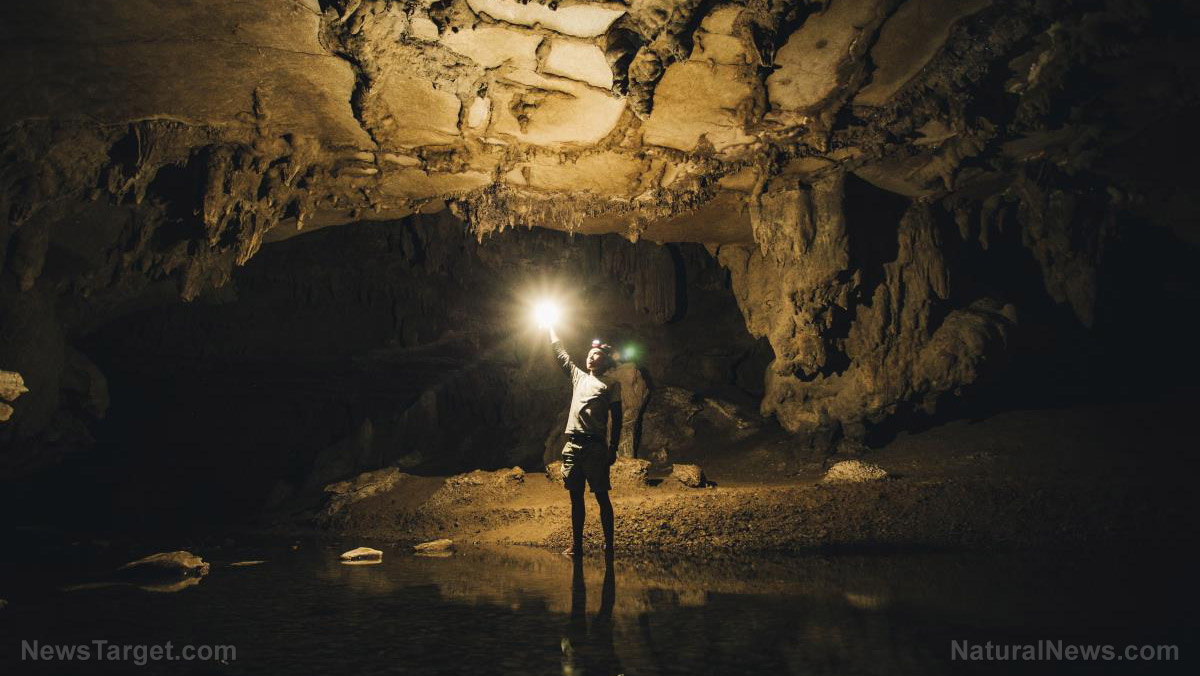Planets orbiting black holes could be full of life
08/15/2016 / By Greg White

Astronomy abandons our intuitions about the nature of the universe somewhere between the horizon of a black hole and its singularity. Although black holes don’t exactly seem hospitable to life, a new analysis by Tomáš Opatrný of Palacký University in Olomouc, Czech Republic, claims black holes may be able to provide life-sustaining energy to orbiting planets, in the same way the sun bathes Earth in warm star shine.
The second law of thermodynamics states that any amount of order must be compensated with a greater amount of disorder. Life is an isolated incident of order, which exhausts more energy than it inputs from the sun. The process of increasing disorder is known as entropy.
Since black holes are essentially stars turned inside-out, it seems counterintuitive that they could provide energy like stars do. To the contrary, according to entropy, energy is produced by a temperature difference. On Earth, the temperature difference is seen between the heat of the sun and the cold vacuum of space.
Warm stars versus cold stars
This disequilibrium between hot and cool energy can be flipped upside down. Like the temperature difference between a warm star and a cold vacuum, the temperature difference can work with a cold star and a warm vacuum.
Despite the name, black holes aren’t exactly black. Although light can’t even escape from the abyss, as gas and matter fall into the black hole, it accumulates and glimmers. For black holes that have swallowed all the matter in their vicinity, particles teetering on the horizon can be released back into the universe through a process known as Hawking radiation.
This process doesn’t violate the conversation of mass and energy because the particles are created in particle-antiparticle pairs, meaning, the total amount of net energy remains zero. Sometimes, on the horizon, an antiparticle will be sucked back into the black hole (thus decreasing its overall volume) and the positive particle will radiate outward. The process is an empirical example of something coming from a loosely defined “nothing.”
Hawking radiation enables a black hole to act as a cold sun for orbiting planets. However, in order to do so, the black hole must embody a specific form. “We need a fairly old black hole that has already cleared its surroundings and which is not further fed,” said Opatrný.
In particular, the black hole must have zero temperature, which is counterbalanced by the temperature of the universe, which is about 2.7 Kelvin.
Opatrný and the researchers calculated that it’s possible for planets orbiting cold suns with zero temperature to extract about 900 watts of available power from the temperature difference. This isn’t enough energy to support advanced civilizations, but it is enough to support simpler forms of life, like bacteria.
Black holes may one day be our only hope
On the other hand, if the history of the universe were rewound, then it’s possible planets orbiting cold stars would better sustain life than planets orbiting warms stars. This is because the afterglow of the Big Bang – as preserved in the cosmic microwave back radiation (CMBR) – was much hotter in the past.
For example, it’s estimated that 15 million years after the initial Big Bang, the CMBR was 300 Kelvin. This is warm enough for a planet orbiting a black hole to sustain liquid water. Nevertheless, 15 million years likely isn’t enough time for life to arise. (Ironically, if the origin of life was a spectacularly rare event, then scientists are in the awkward position of conjuring a hypothesis that is intrinsically improbable).
Black holes might seem like the archnemesis of life. In 100 trillion years though, the carcasses of dead stars will litter the universe. Cold stars will reign supreme — meaning, black holes could be our only hope and home one day.
Sources include:
(1) MNN.com
(2) NewScientist.com
Tagged Under: black holes, cold stars, hawking radiation, Space


